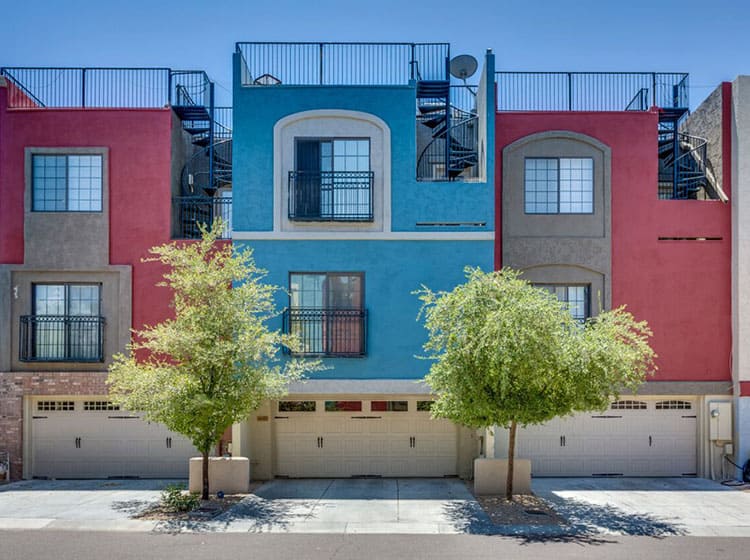Discover Just How Seasonal Impacts Can Influence The Efficiency Of Industrial Outside Painting And Figure Out The Most Positive Times To Make Certain Sturdy Outcomes For Your Project
Discover Just How Seasonal Impacts Can Influence The Efficiency Of Industrial Outside Painting And Figure Out The Most Positive Times To Make Certain Sturdy Outcomes For Your Project
Blog Article
Material Created By-Doherty Rodriquez
When you're planning a commercial external painting project, seasonal elements can make or break your outcomes. You'll intend to take into consideration exactly how temperature level and humidity effect paint application and drying times. Selecting the appropriate period can ensure your paint adheres properly and lasts longer. However which periods are absolutely the most effective for this sort of work? Let's explore painting minneapolis mn that can affect your task's success.
The Impact of Temperature Level on Paint Application
When you're preparing an industrial external paint job, the temperature level can dramatically impact just how well the paint sticks and dries out.
Ideally, you want to paint when temperatures range in between 50 ° F and 85 ° F. If it's also cold, the paint might not heal properly, causing problems like peeling off or fracturing.
On the flip side, if it's also hot, the paint can dry out as well rapidly, stopping proper adhesion and resulting in an uneven finish.
You ought to additionally take into consideration the time of day; morning or late afternoon uses cooler temperature levels, which can be more positive.
Constantly examine the supplier's referrals for the details paint you're using, as they commonly supply support on the perfect temperature level variety for optimal results.
Moisture and Its Impact on Drying Times
Temperature isn't the only ecological element that affects your commercial exterior paint project; humidity plays a significant function as well. painting minneapolis can slow down drying times significantly, influencing the total high quality of your paint work.
When the air is filled with wetness, the paint takes longer to cure, which can bring about issues like inadequate attachment and a higher danger of mildew growth. If you're repainting on an especially damp day, be planned for prolonged wait times between coats.
It's crucial to keep track of local weather conditions and plan appropriately. Ideally, go for moisture levels in between 40% and 70% for ideal drying out.
Maintaining these consider mind guarantees your task remains on track and delivers an enduring surface.
Best Seasons for Commercial Exterior Paint Projects
What's the best season for your commercial exterior paint jobs?
Spring and early fall are normally your best bets. Throughout these seasons, temperature levels are light, and humidity degrees are typically lower, developing suitable problems for paint application and drying out.
Prevent summer's intense heat, which can trigger paint to dry too swiftly, causing bad bond and finish. Likewise, winter months's chilly temperatures can prevent appropriate drying and treating, taking the chance of the longevity of your paint job.
Aim for days with temperatures between 50 ° F and 85 ° F for optimum outcomes. Bear in mind to check the local weather prediction for rain, as damp conditions can spoil your job.
Preparation around these variables guarantees your painting job runs efficiently and lasts much longer.
Conclusion
In conclusion, intending your industrial exterior painting tasks around seasonal factors to consider can make a significant difference in the end result. By scheduling work throughout the perfect temperature levels and moisture degrees, you'll make sure much better adhesion and drying times. Bear in mind to keep an eye on regional weather report and select the correct time of year-- springtime and early loss are your best bets. Taking these steps will certainly assist you achieve a long lasting and specialist surface that lasts.
